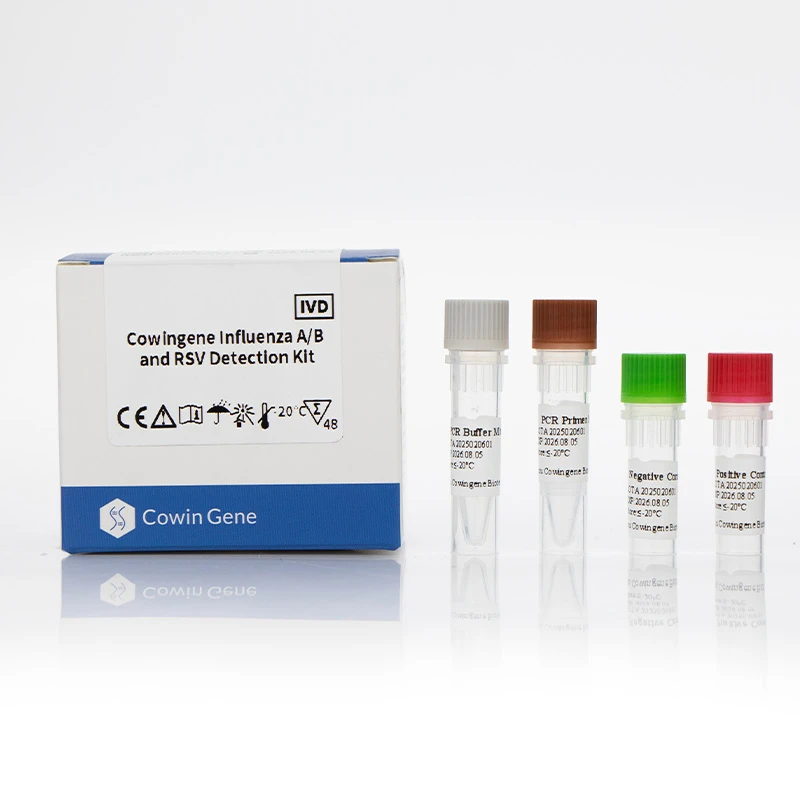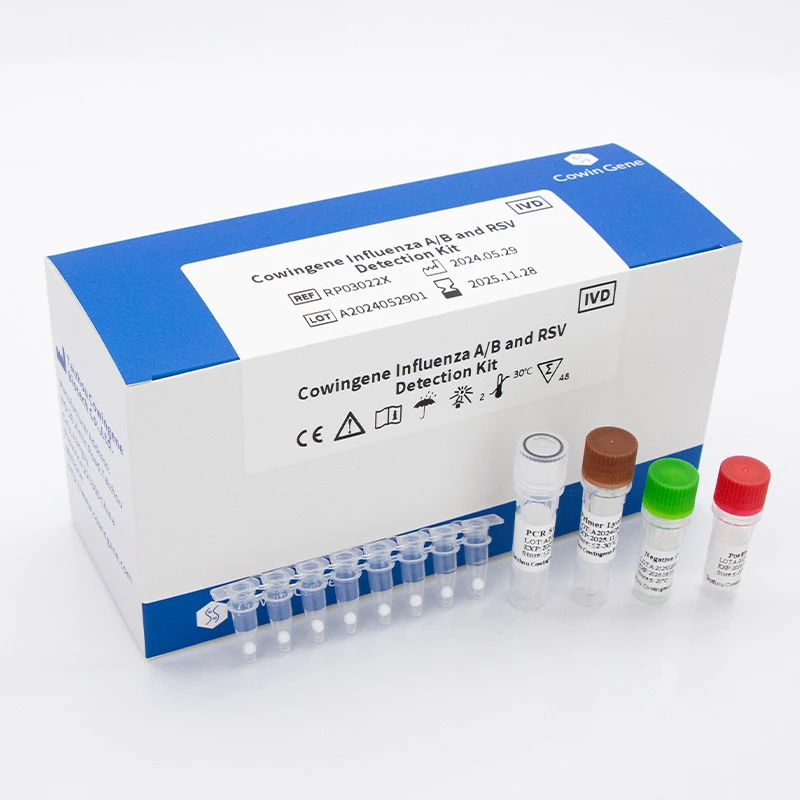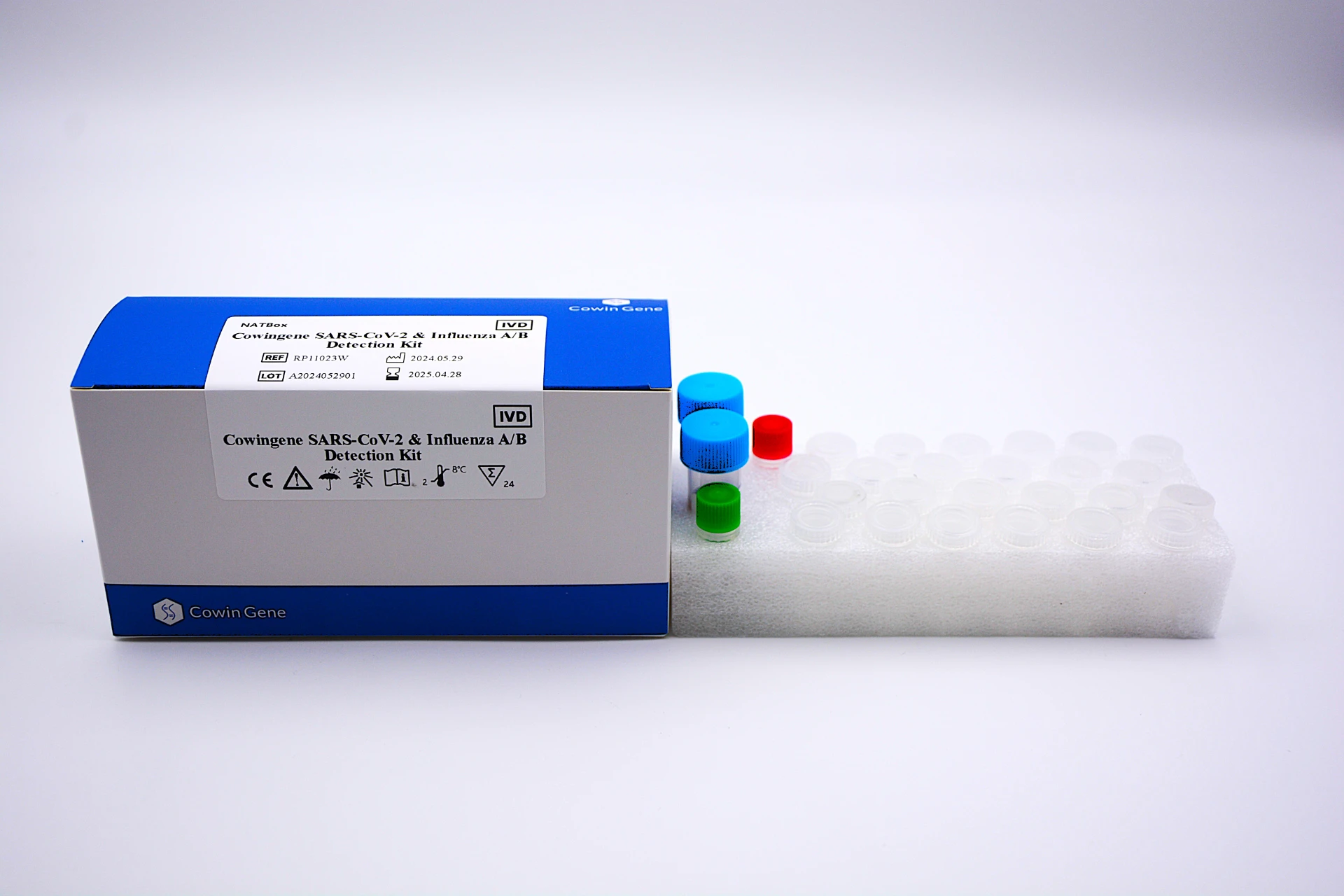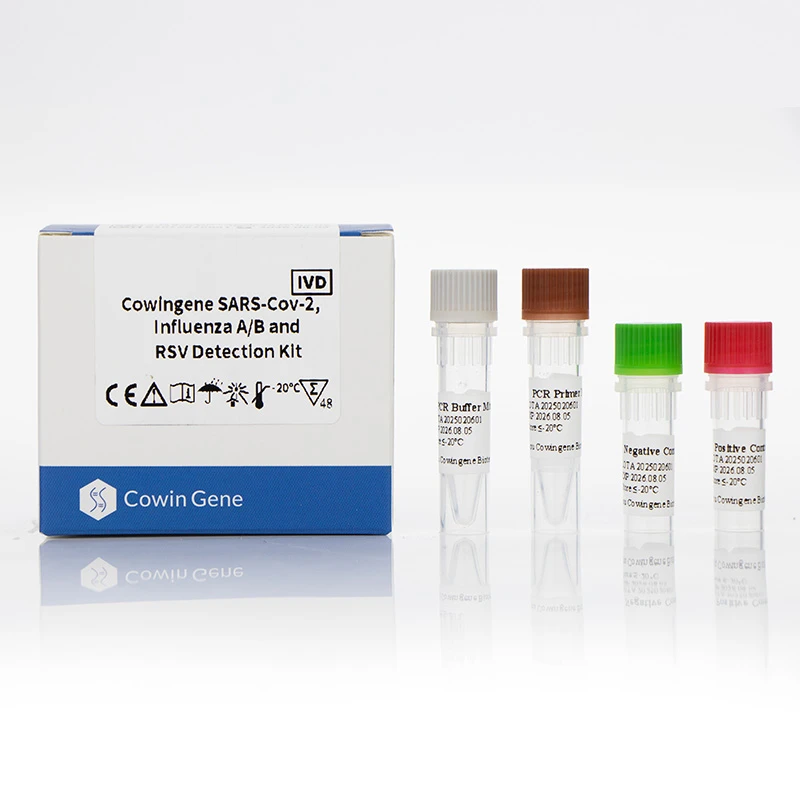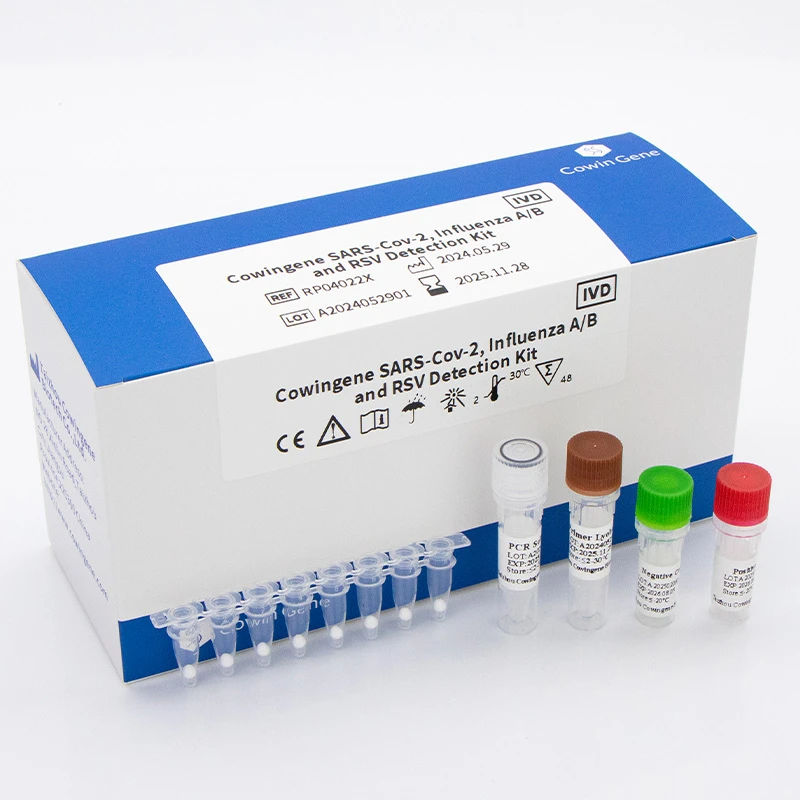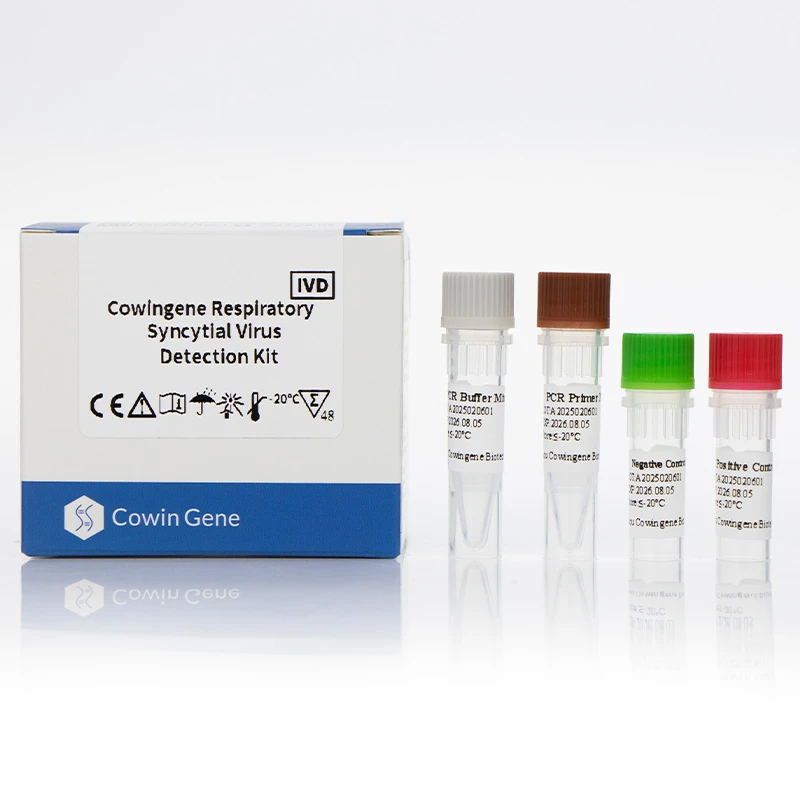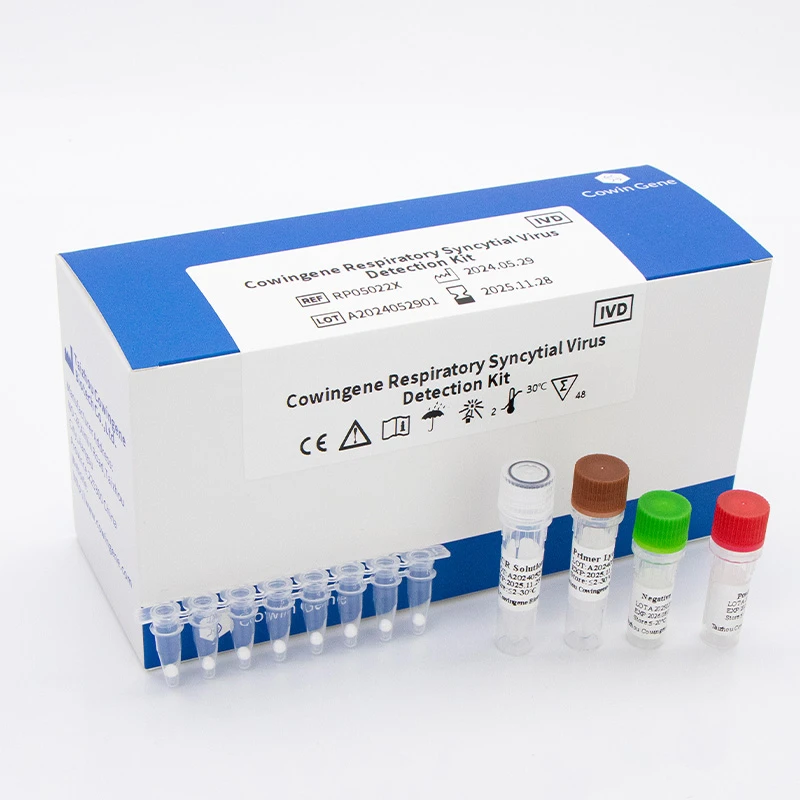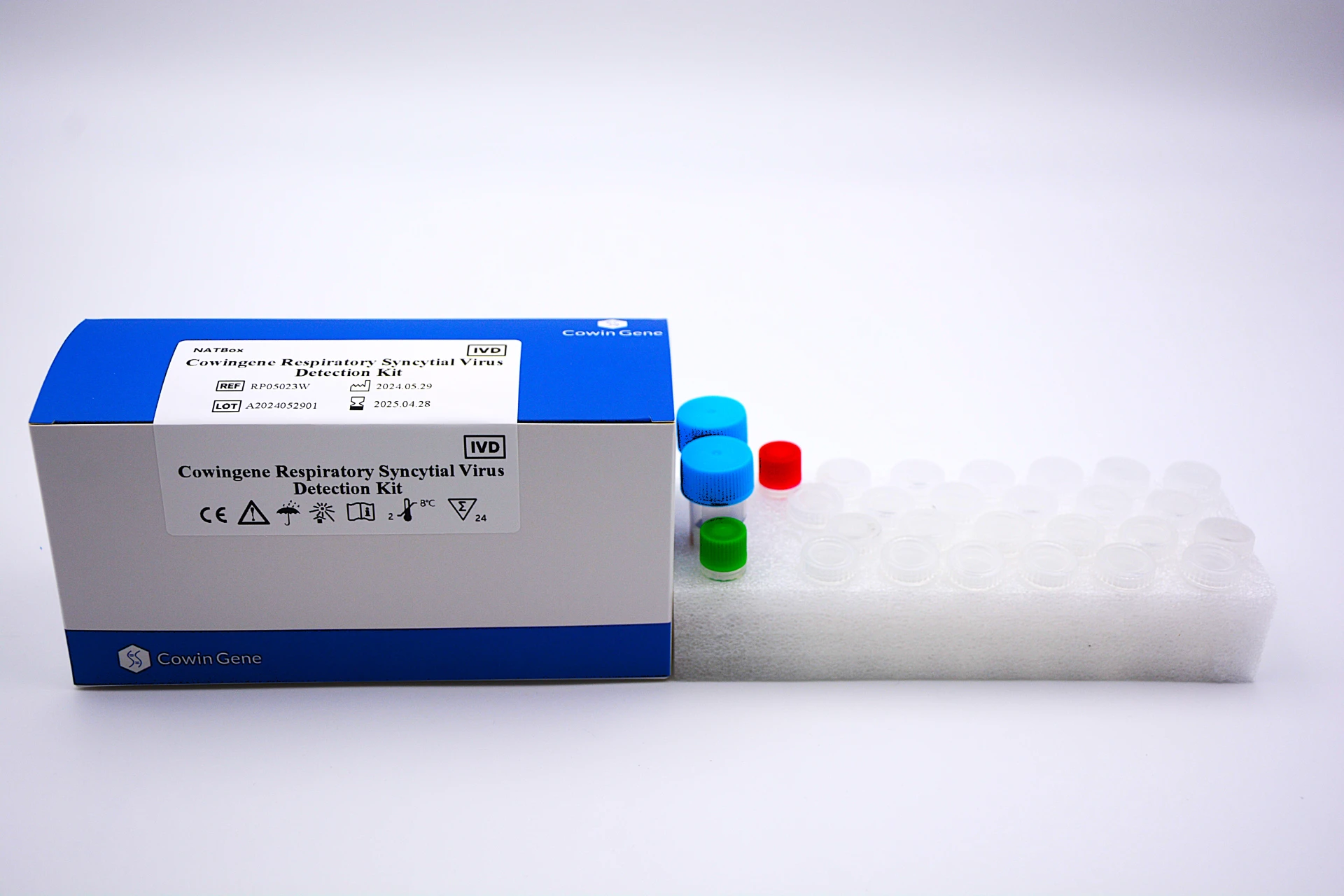Jul . 24, 2025 10:01 Back to list
Plasmodium Detection via PCR - Fast & Accurate Malaria Diagnostics
Tel: +860523-88350768
Email: info@cowingene.com
Mobile: 0523-88350768
Address: NO.28, Xinlin Road, Taizhou city, Jiangsu Province, China.
Plasmodium detection stands at the forefront of modern infectious disease diagnostics, powered by technological advancements such as Plasmodium PCR and other molecular assays. As global health authorities prioritize the eradication of malaria, reliable, sensitive, and rapid Plasmodium detection technologies have become critical tools for both clinical laboratories and field applications.
Plasmodium detection has evolved rapidly—from basic microscopic observation to high-throughput molecular diagnostics. Not only do these methods improve sensitivity and specificity, but they also ensure fast turnaround, even when parasite load is low or mixed infections are suspected (see study).
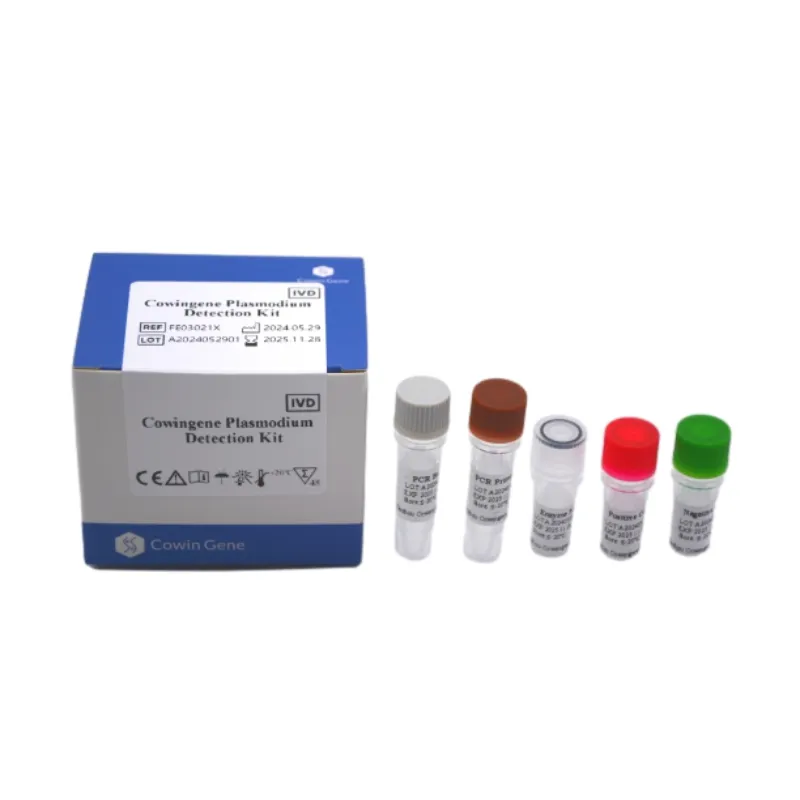
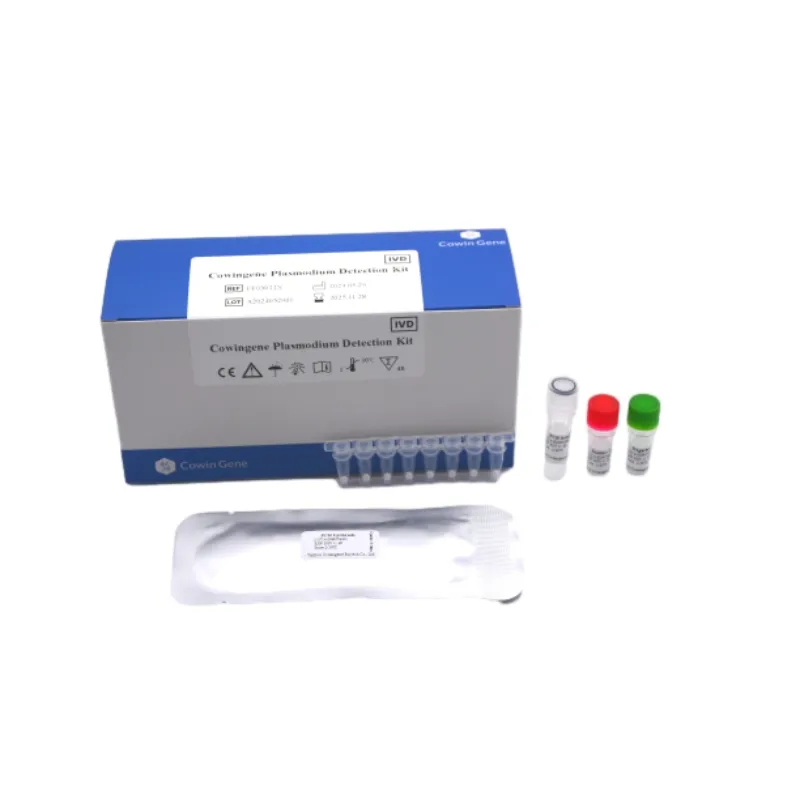
Industry Trends in Plasmodium Detection
The past decade has witnessed a transformation in plasmodium detection—from skilled microscopy to PCR Plasmodium-based methods and multiplex nucleic acid detection. According to professional forums like ResearchGate, demand for rapid, field-adapted kits is surging, particularly in endemic regions. Several factors shape this evolution:
- Lower Limit of Detection (LOD): Molecular methods (notably PCR Plasmodium and qPCR) detect as low as 1-5 parasites/μL, outpacing microscopy and rapid diagnostic tests.
- Multiplexing Capabilities: Modern kits identify multiple Plasmodium species simultaneously, crucial for mixed/misdiagnosed infections (reference).
- Point-of-Need Applicability: Advances in isothermal amplification (LAMP, RPA) enable accurate results in decentralized settings.
- Automation & Result Interpretation: Integration with automated extraction and analysis systems reduces operator bias—favoring consistency and throughput.
- Regulatory and Quality Standards: Increasing pressure for CE, FDA, or WHO prequalification shapes product development and market entry.
Plasmodium Detection Technical Parameters Comparison
| Parameter | Microscopy | Rapid Diagnostic Test (RDT) | PCR Plasmodium | LAMP |
|---|---|---|---|---|
| Limit of Detection (parasites/μL) | ~50-100 | ~100-200 | 1-5 | 2-5 |
| Time to Result | 30-60 min | 15-30 min | 2-4 hrs | 30-45 min |
| Target Species | All (manual) | Mostly P. falciparum/vivax | All (multiplex) | Selected |
| Equipment Required | Microscope | Minimal | Thermal cycler + extraction kit | Heater or water bath |
| Field Applicability | Low | High | Low-Moderate | High |
| Sensitivity/Specificity | 65-90% / 95% | 70-95% / 95% | 98-100% / 98-100% | 95-99% / 97-100% |
Introduction & Features: Cowingene Plasmodium Detection Kit
Cowingene Plasmodium Detection Kit by Taizhou Cowingene Biotech Co.,Ltd. brings advanced nucleic acid diagnostics to clinical and field laboratories. Designed for whole blood (EDTA/ACD), the kit delivers high sensitivity in a user-friendly, closed-tube PCR format. With a single-tube setup, results are reliable and contamination risk is minimized.
Plasmodium detection using this kit guarantees:
- Detection of all major human Plasmodium species
- Multiplexed internal controls
- Analytical LOD: ≤5 parasites/μL
- Validated with clinical whole blood specimens
- Fast workflow compatible with standard qPCR machines
Application Scenarios of Plasmodium Detection Technologies
Plasmodium detection, especially leveraging pcr plasmodium techniques, is central to modern diagnostics in the following scenarios:
- Hospital and Reference Laboratories: Confirmatory diagnosis and species differentiation with highest sensitivity.
- Blood Screening Centers: Preventing transfusion-transmitted malaria in both endemic and non-endemic countries.
- Surveillance Programs: Detecting asymptomatic carriers for effective malaria elimination campaigns (WHO Malaria).
- Field & Point-of-Care (POC): Deployment of rapid, robust isothermal and PCR-based methods in mobile clinics or remote settings.
- Research, Drug Trials & Epidemiology: Monitoring infection prevalence, mixed/inconspicuous infections, and therapeutic efficacy.
EEAT—Expertise, Authoritativeness, Trust: Why Trust Cowingene?
- Expert-Developed: Designed by molecular diagnostics specialists with decades of clinical laboratory experience.
- Certified & Validated: The product is built with rigorous quality control, referencing international standards and clinical validation studies (ScienceDirect, 2020).
- Industry Engagement: Cowingene actively participates in scientific conferences and maintains collaborations with academic and public health institutions for ongoing performance evaluation.
- Trustworthy Service: Complete technical documentation, responsive after-sales support, and global logistics guarantee seamless deployment.
Plasmodium Detection: Industry Data & Visualization (2020-2024)
Based on an aggregation of published reports, the following chart visualizes the sensitivity (percentage), time to result (minutes), and limit of detection (parasites/μL) trends across key plasmodium detection technologies from 2020 to 2024.
Professional FAQ for Plasmodium Detection Kits
Q1: What is the validated specimen for the Cowingene Plasmodium Detection Kit?
A: The kit is validated for whole blood samples, collected with either ethylenediaminetetracetic acid (EDTA) or acid citrate dextrose (ACD) anticoagulants.
Q2: Which Plasmodium species can be detected using this kit?
A: All major human Plasmodium species, including P. falciparum, P. vivax, P. malariae, P. ovale, and P. knowlesi, via multiplex real-time PCR.
Q3: What is the analytical sensitivity (limit of detection, LOD) of the kit?
A: The analytical LOD is ≤5 parasites/μL, surpassing most rapid tests and comparable to top-tier PCR-based solutions.
Q4: What sample storage/transport conditions are recommended?
A: Whole blood should be stored at 2–8°C and processed within 48 hours, or frozen at -20°C for prolonged storage.
Q5: What is the turnaround time from sampling to result?
A: Complete workflow (extraction to result) can be done within 2–3 hours with standard laboratory equipment.
Q6: What detection platform/instrument is required?
A: The kit is compatible with standard real-time PCR thermal cyclers equipped for multiplex fluorescence detection.
Q7: Is the kit compliant with relevant regulatory standards?
A: The kit is developed and manufactured under ISO13485 and complies with CE requirements for in vitro diagnostics.
Conclusion
In summary, advances in plasmodium detection technologies—especially PCR-based solutions—have transformed malaria diagnostics. The Cowingene Plasmodium Detection Kit exemplifies the intersection of sensitivity, field applicability, and reliability, supporting public health through the power of molecular diagnostics.
For further reading and the latest in scientific insights:
Related PRODUCTS
-
High-Sensitivity Chlamydia DNA PCR Test for Accurate Detection
NewsJul.25,2025 -
High-Accuracy MTB DNA PCR Test for Rapid TB Detection
NewsJul.23,2025 -
Accurate Norovirus PCR Testing Solutions for Rapid Detection
NewsJul.22,2025 -
Ebola PCR Detection Kit for Rapid Results
NewsJul.22,2025 -
Rapid Enterovirus PCR Stool Testing | Full GI Pathogen Panel
NewsJul.21,2025






















